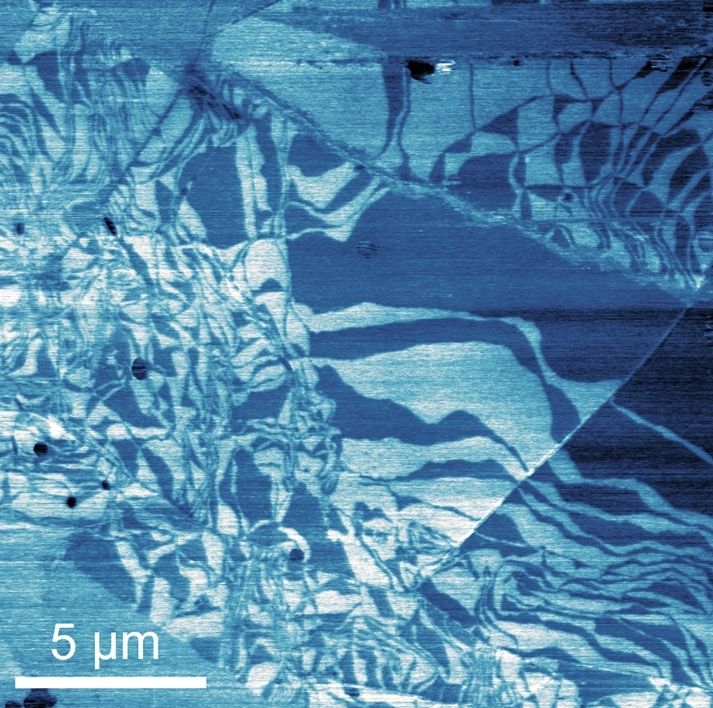Global Webinar Series | Revolutionizing Energy Storage

Thin films are simple and innovative materials useful for countless applications due to minimal materials usage along with great practical impact. Perovskite thin films have gained tremendous attention for various applications in optoelectronics due to their charge/photon conversion capability and simple fabrication via solution processing i.e., spin coating, spray coating, dipping coating, and roll-to-roll printing. As precursor inks are in liquid form, doping and compositional tuning are facile. Due to the fact that precursor inks solidify into perovskite thin films, solvent engineering techniques, which affect perovskite nucleation and crystallization processes, along with perovskite compositions orchestrate both physical and chemical properties. In this talk, we will discuss different perovskite fabrication processes and relevant composition adjustments to achieve desired applications such as solar cells, LEDs, and photo-detectors. Different modes of atomic force microscopy were used to deepen perovskite investigation.
 Indoor solar cell for IOTs
Indoor solar cell for IOTs

Ferroelectricity is observed in hexagonal boron nitride(hBN) through control of the registry of stacked layers, which we explore through both amplitude-modulated and sideband Kelvin probe force microscopy (KPFM) on the Park FX40 automatic AFM.

A schematic of the formation of parallel stacked bilayer hBN is shown in addition to a contact potential difference map measured using sideband KPFM.

Image caption

Image caption

Image caption

Assoc. Prof. Dr. Pongsakorn Kanjanaboos earned his Ph.D. in materials physics from the University of Chicago in 2013. Currently, he is the head of Advanced Technologies for Energy and Sustainability Lab at School of Materials Science and Innovation, Faculty of Science at Mahidol University in Thailand. His current research interests include perovskite materials for optoelectronic applications and radiative cooling materials for building and agriculture.
